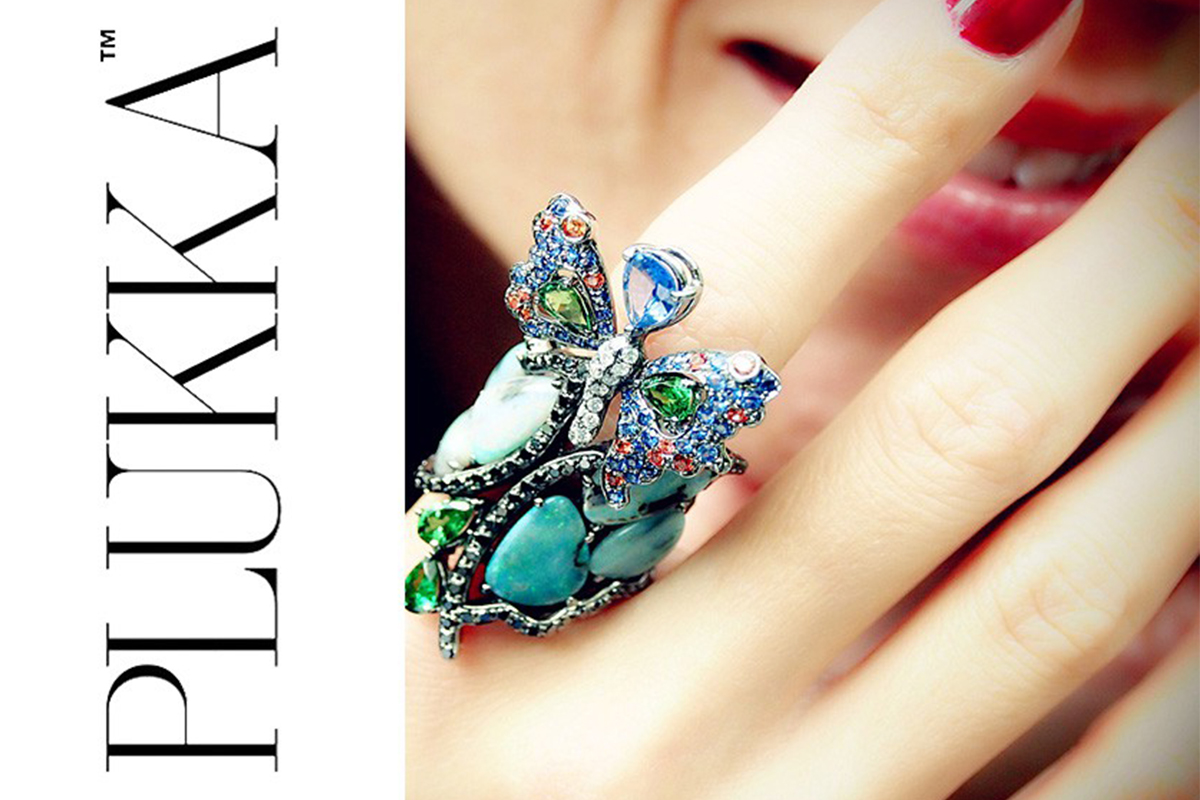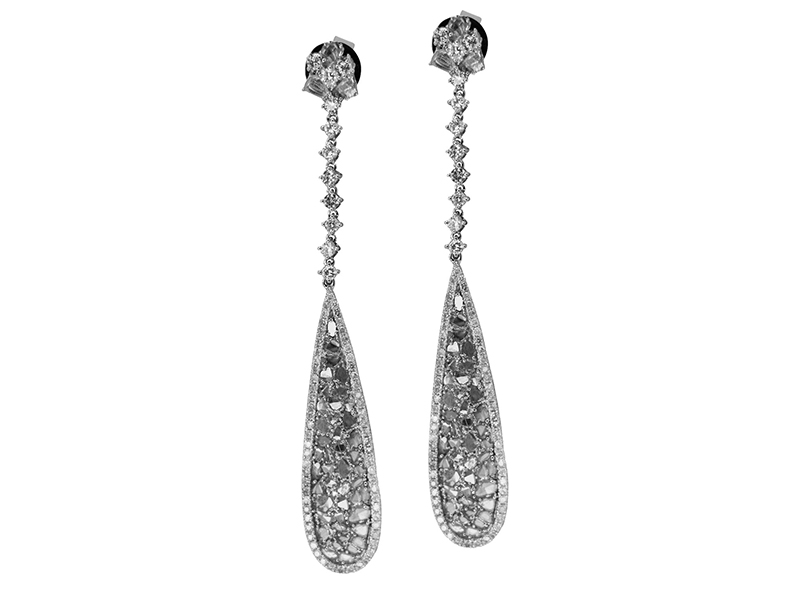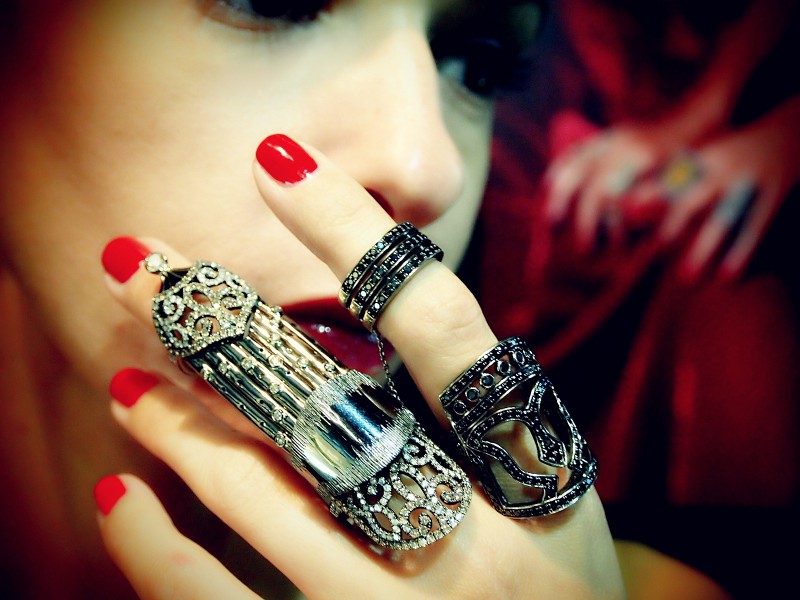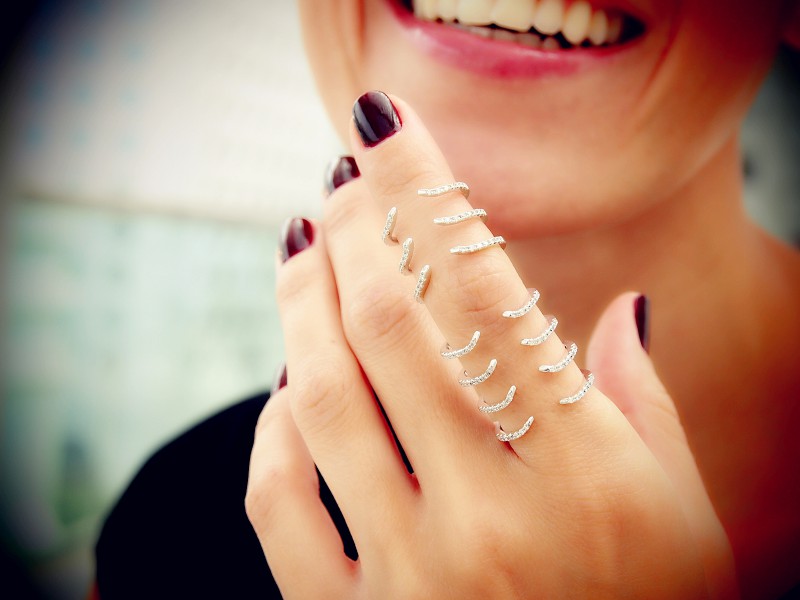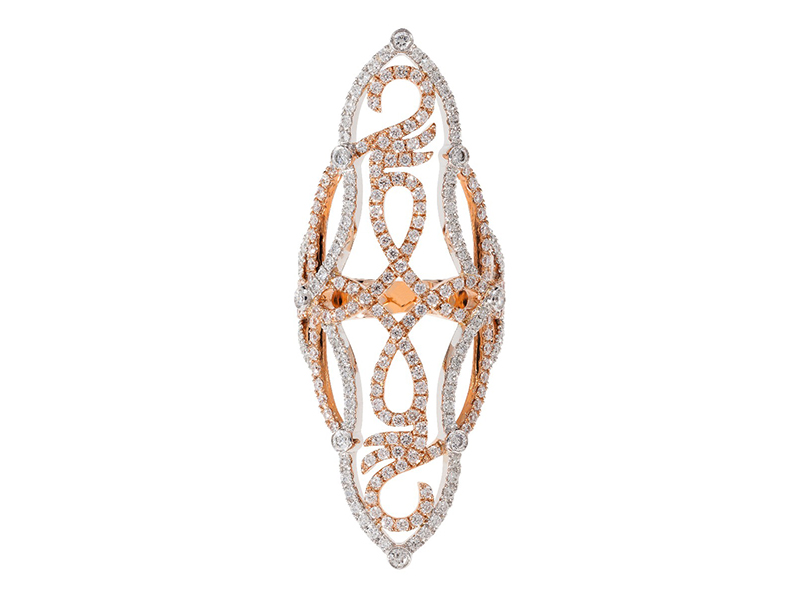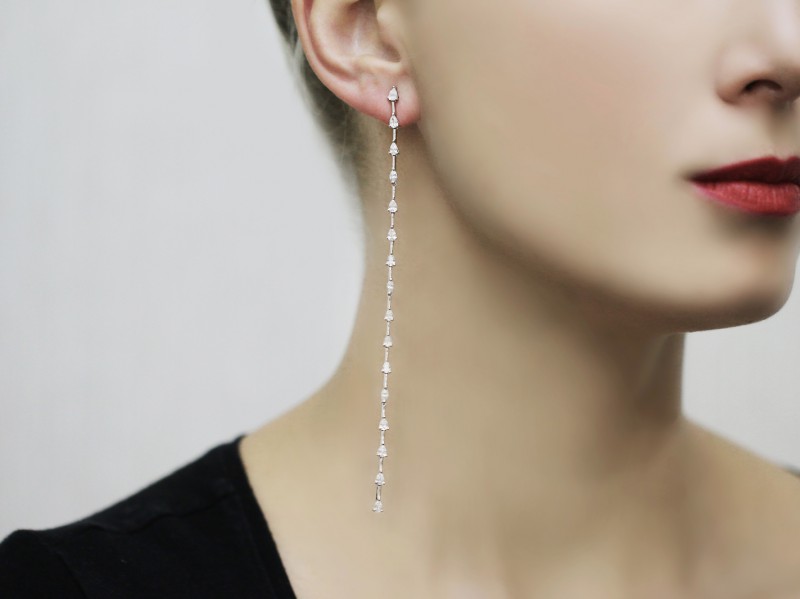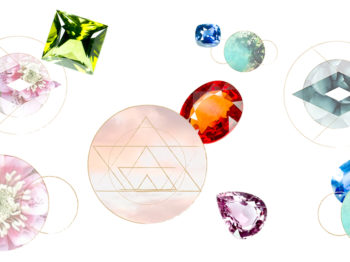We are back online with our latest episode of the exclusive interview of Joanne Ooi founder of the online jewelry retail business Plukka. If you have followed our previous Q&A (who is Joanne Ooi, how does Plukka work and how to grow a successful jewelry business) – let’s find out how does a jewelry designer get picked.
Considering that the Plukka team gets contacted by 1 to 3 designers a day and that only character, grit & tenacity help them win Joanne’s attention… one question remains : How does a trendsetter like Joanne Ooi, jewelry specialist and devoted businesswoman, spot jewelry designers ?
OD – How do you select designers for Plukka? And how long does it take to get one onboard?
JO – The selection is based on my perception or detection that they possess the talent to have genuine legibility and longevity in the eyes of the consumer, and that they are either the originators or the leading exponents of the style of design or taste or aesthetic that they work within.
First of all, if I am looking at a whole bunch of let’s say Rock ‘n’ Roll-style jewelry, I am going to look at all various designers working within that aesthetic to determine who I would like to work with most. I want to ascertain who seem to be the most original, innovative, daring and creative in that genre. In other words, they should be the best in their specific aesthetic genre.
Secondly, I also want them to be very intensely focused, motivated and passionate about what they are doing because actually talent abounds; it is really a question of “does the designer have the grit, the motivation, the character to actually make their brand and their collection succeed?” Based on my experience, it is actually character, grit, tenacity and resourcefulness that actually make somebody win the race.
It is not all about raw talent, the type that makes young people think they are genius, and so talented, that people are going to fall at their feet. Really, it has so little to do with that. It is all about how to have stamina to actually withstand adversity, challenges, obstacles and overcome them and whether you have the mental toughness to keep on going and waking up every day to run a business as a young entrepreneur or designer.
When a designer fits the criteria, it then does not take long to have them on-board. It is more a question of when can we photograph some of their jewellery on our own model. I indeed like to create proprietary imagery. I just rely on the designer to furnish me ready-made product I can then have photographed based on the “Plukka’s point of view”.
We can actually take on board a designer in little as a month if we are extremely determined but these days I would say the waiting period is anywhere between four and six months. The ransom of success is that we unfortunately have a giant waiting list, compounded by the fact that we literally get contacted by between one and three designers a day nowadays.
OD – How are you positioned next to other online fine jewellery retailers?
JO – I would say that we are probably more daring and edgy. I think that we also maintain a higher level of editorial consistency and vision. It is a question more of quality on a continuum than it is on any black and white distinction when it comes to the retail shopping experience.
Now, more importantly, in terms of business model, we are going to be moving up stream by partnering with manufacturers and suppliers of components of fine jewellery, which will give us a very strong, big capacity to increase the proprietary offering which is sold under the brand name Plukka. This will be a huge difference with other online fine jewellery retailers, which largely function as platforms, consolidators of information rather than designing jewellery that is their own brand.
OD – How does social media benefit Plukka?
JO – We currently have around 10,000 followers on Instagram. That said I would like to work with more collaborators in the social media context. I would actually like to introduce unusual bed fellows or strange bed fellows like artists, musicians, and restaurateurs, to name a few.
We are starting but I hope that’s the direction where we can be a pioneering influence in our social media content. As for newsletters, I write them twice a week. Back in the day, we actually used to do three a week but we thought that it was hard to sustain reader’s interest for more than twice a week. That’s the maximum for any commerce site, which delves into a single topic area. Of those newsletters, it is usually about a designer launch.
OD – What is your vision of the fine jewellery field and do you have any pet peeve?
JO – Shockingly it is a very fragmented and disorganised industry. It is very trust and family driven and that has led it to inefficiencies, which have hardened, even ossified over the generations. In that sense, I think that it is very useful to come to it as an outsider and to look at it from a highly analytical efficiency standpoint.
1- I don’t think that the jewellery industry is usually analysed in that mode of thinking and that is actually where we can create huge value.
As for my pet peeve, it is the fact that to a large extent people still consider that women buy sets of jewellery, but this is increasingly rare, if not a vanishing species of women! The high bound traditional notions of how women want to buy jewellery and what it should look like – a single stone ring with a diamond surround with a matching pair of earrings -, is I think unbelievably out voted.
2- I don’t like the fact that the jewellery industry continues to be very much driven by secrecy and no one wants to reveal whom they are dealing with. It is basically because everyone is selling commodity and therefore the relationship is more important that the value added by the supplier or the maker of a piece of jewellery, which I find to be something which is going to obviously erode with time because information in today’s day and age cannot be kept secret. I think that is a very healthy, therapeutic direction for the jewellery industry.
3- The third thing I would say is that it is a very male dominated industry, even though, really, does that actually make sense anymore? Women are the fastest growing segment of the buying market, meaning that women are better placed to anticipate and sell to women.
OD – Is it possible to describe the Plukka’s customers?
JO – They are very self-confident, individualistic women who are basically over brands. They got over brands a while ago; they are not slaves to fashion or to logo brands. They have already bought a lot of brands, and now they have graduated to a higher level of consumerism. Not of consumerism, that is a horrible word to use. They have graduated to a higher level of connoisseurship so what everybody else is wearing in keeping up with the Jones’ does not figure in their thought process at all. Finally, these women are intensely exposed to zillions of data points so she has a natural and a savvy sense of inherent value, which translates in purchasing high-ticket jewellery or handbags or pairs of shoes or whatever. So merely the beauty of a product cannot win over these shoppers; they need to see the full brand package.
OD – Any final confidence?
JO – I hope that Plukka can make good on its catchphrase ‘the premiere discovery machine for the world’s most creative fine jewellery’ and really become the world’s best retailer of creative fine jewellery. This is my goal, and I suspect our business model will be acknowledged as the winning leading paradigm for fine jewellery retail. I believe within the next ten years that this thesis of ours, that the multi brand no inventory model, is the best optimised one for the jewellery industry.
www.plukka.com

